Description
"The Sunflower" ⚡🌻 Inspired by the concept of the sunflower, which changes direction according to the position of the sun. This project is a precursor to a larger project. The idea of this project is to maximise exposure to the sun by changing the direction and inclination of the solar panels according to the position of the sun. This is done using programmable servomotors controlled by a microprocessor.
Introduction
This project is divided into 3 parts: mechanics (the most difficult), programming and electronics.
- The mechanic part : 🔧
First of all, we made a sketch of the mechanism for this project, then we used CATIA V5 to design the 23 parts of the project. We then used PrusaSlicer to 3D print them using PLA filaments. This is the most difficult part, because we need to know exactly how the mechanism will work. So we bought 8 solar panels, 2 servomotors and rechargeable batteries. Finally, we put it all together.
- The electronic part : 🔌
We used rechargeable batteries of 1.5 V each, connected in series to give 12 volts. We then connected these batteries in parallel to the solar panels, of which there are 8, which also gives us 12 volts. In addition, 4 of the batteries power the STM32 microprocessor, and from the STM32 we power the servomotors.
- The programming part : 💻
After studying the chronology of sunset and sunrise in Brest over 365 days, we obtained the time difference between them (in minutes) and noted the variation in sunset and sunrise times throughout the year. For example, we found that the duration of sunshine increases each day until the 173rd day, then decreases until the end of the year, each day increasing/decreasing by 2.7 minutes.
Étape 1 - 1️⃣ Sketch
✏️ In the first stage: Sketch
nous avons dessiné un croquis pour visualiser le mécanisme afin de commencer avec une forme plus aboutie.
Étape 2 - 2️⃣ Drawing Catia
🖥️ Dans la deuxième étape : Dessin des pièces sur CATIA V5.
En nous basant sur la première partie, nous avons commencé à dessiner toutes les pièces pour l'assemblage.
Étape 3 - 3️⃣ Printing 3D
🖨️ Dans la troisième étape: Impression 3D.
Après avoir terminé toutes les pièces, nous procédons à l'impression de toutes les pièces importantes pour le mécanisme.
Étape 4 - 4️⃣ Assemblage
📦 Dans la quatrième étape : Assemblage.
Nous procédons en reliant toutes les pièces, afin de réaliser le mécanisme.
Notes et références
👍 Le mécanisme fonctionne bien.
👎 Nous n'avons pas eu suffisamment de temps pour travailler plus de temps sur la partie programmation et électronique.
Ce projet est considéré comme un projet "low-tech" car il vise à utiliser des technologies simples, accessibles et durables pour résoudre des problèmes spécifiques, en l'occurrence maximiser l'efficacité énergétique des panneaux solaires. Le terme "low-tech" fait référence à des solutions qui sont souvent moins coûteuses, plus faciles à réparer et à maintenir, et qui réduisent la dépendance aux technologies complexes et coûteuses. Ce projet s'appuie sur des principes mécaniques et des technologies éprouvées, comme les servomoteurs et les panneaux solaires, combinés d'une manière innovante pour suivre la position du soleil, similaire au comportement naturel du tournesol. Cette approche favorise la durabilité, l'efficacité des ressources et l'accessibilité, en ligne avec les principes de la low-technologie.
Published
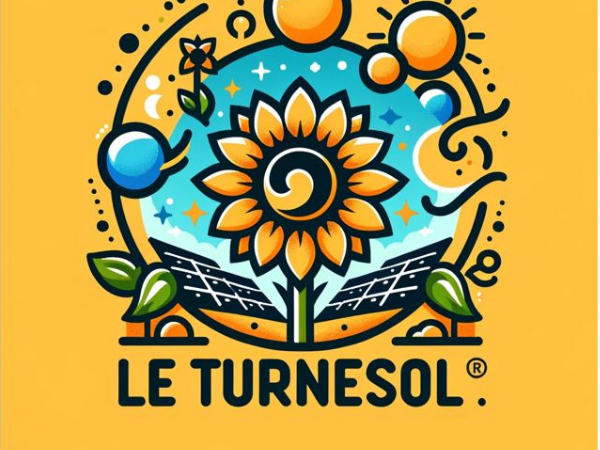
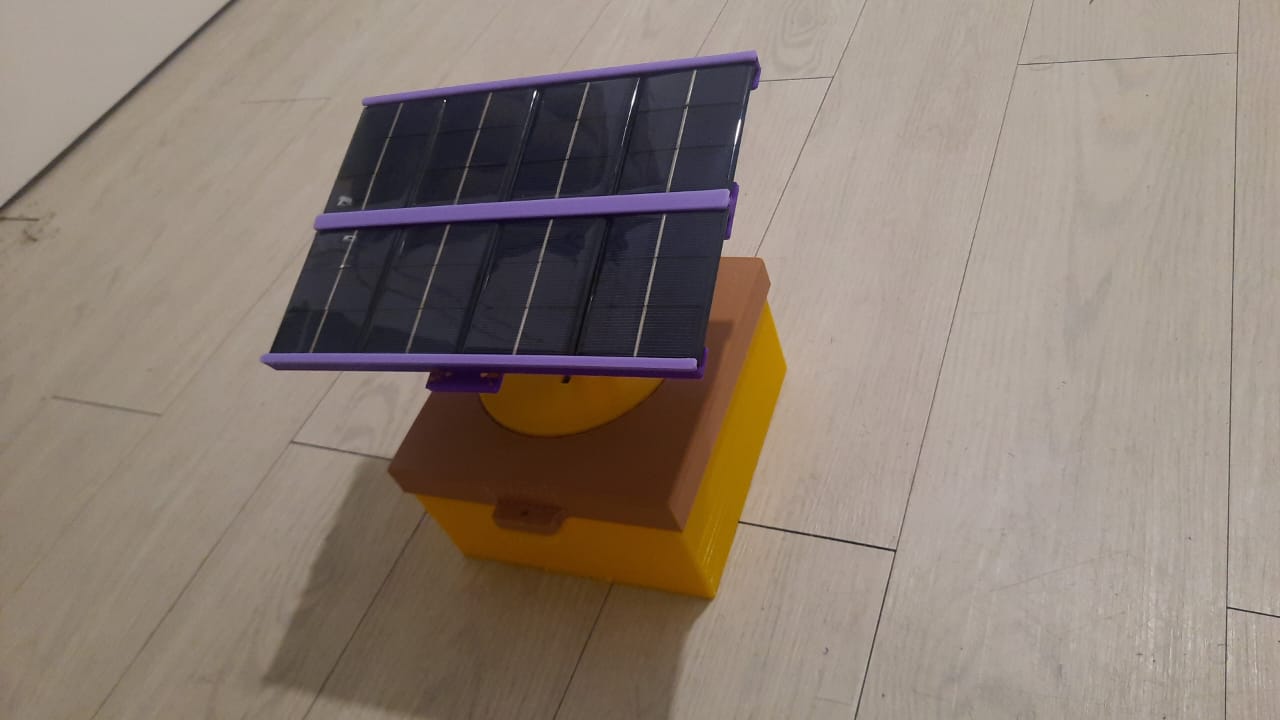
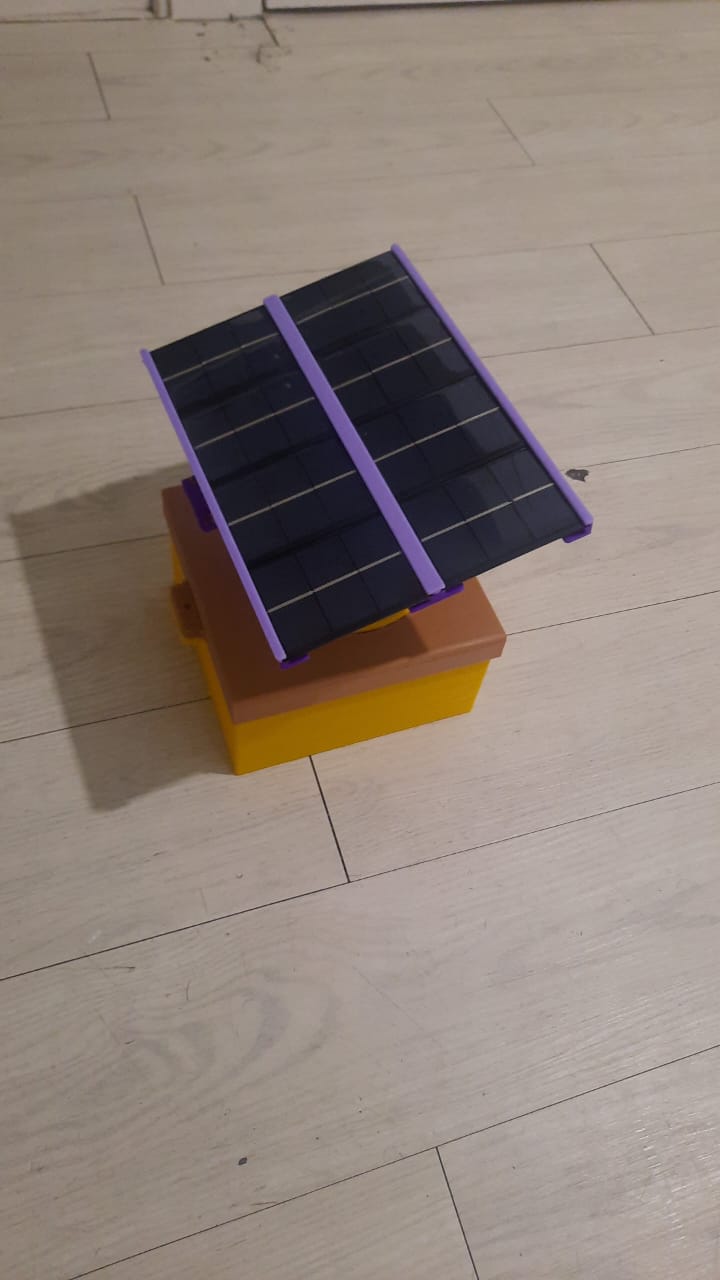
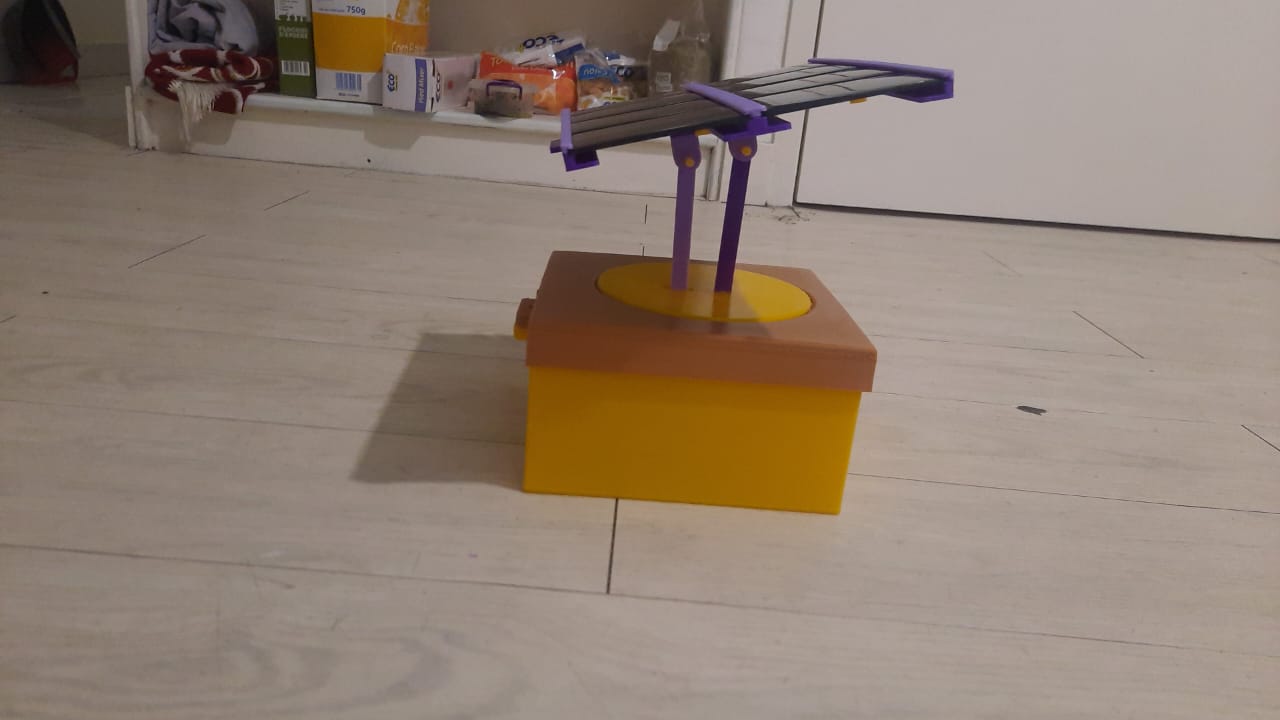
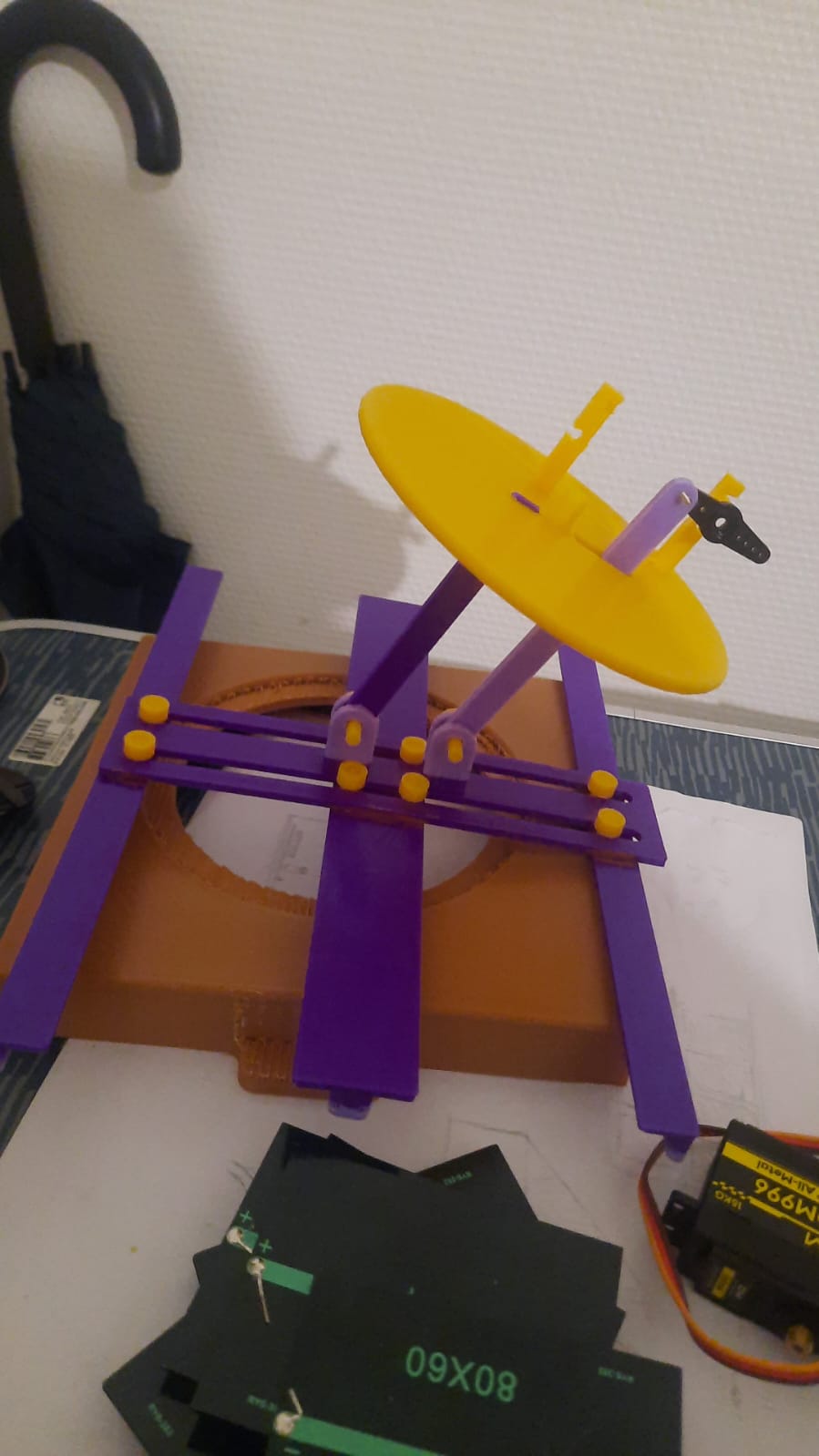
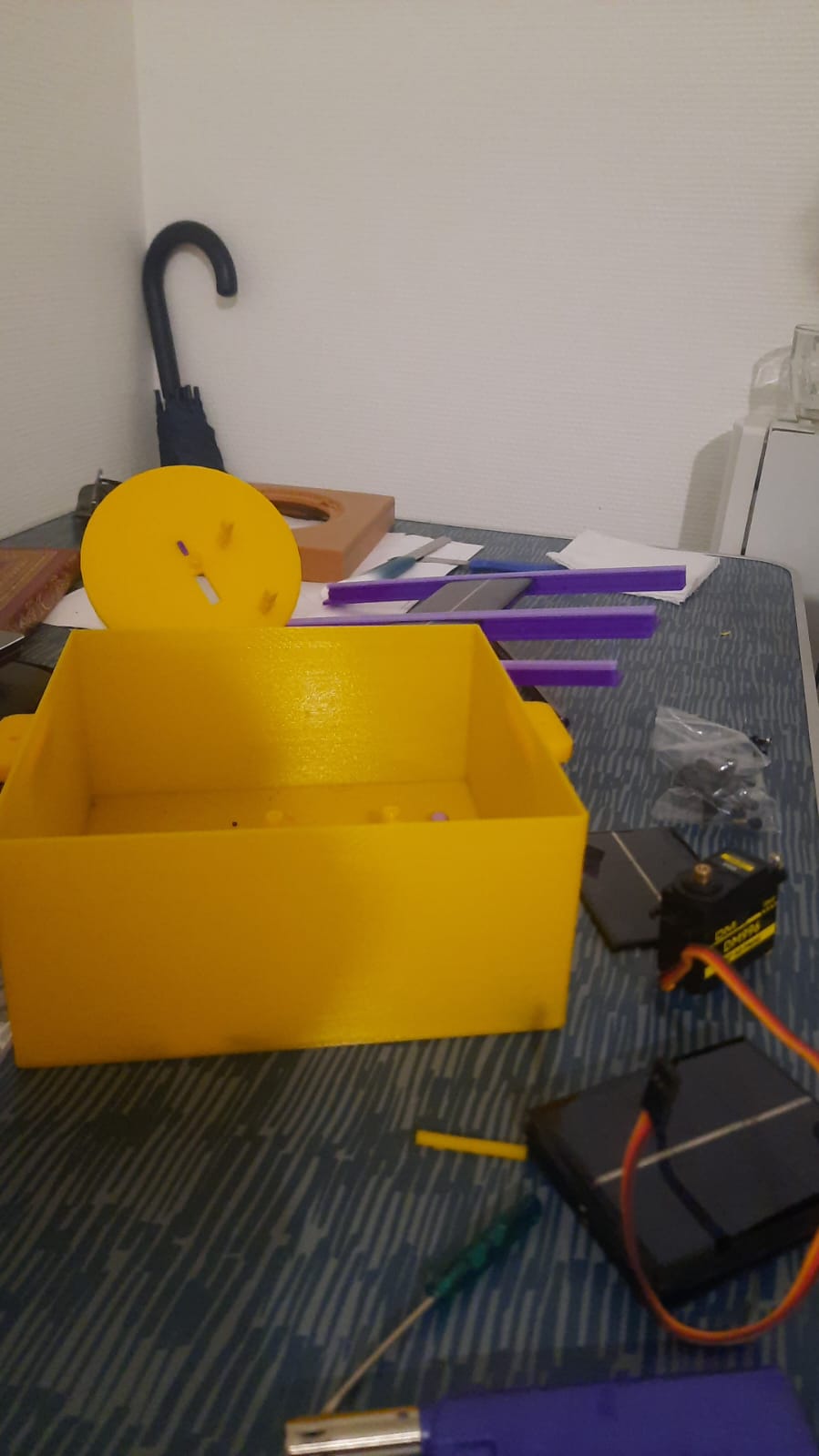
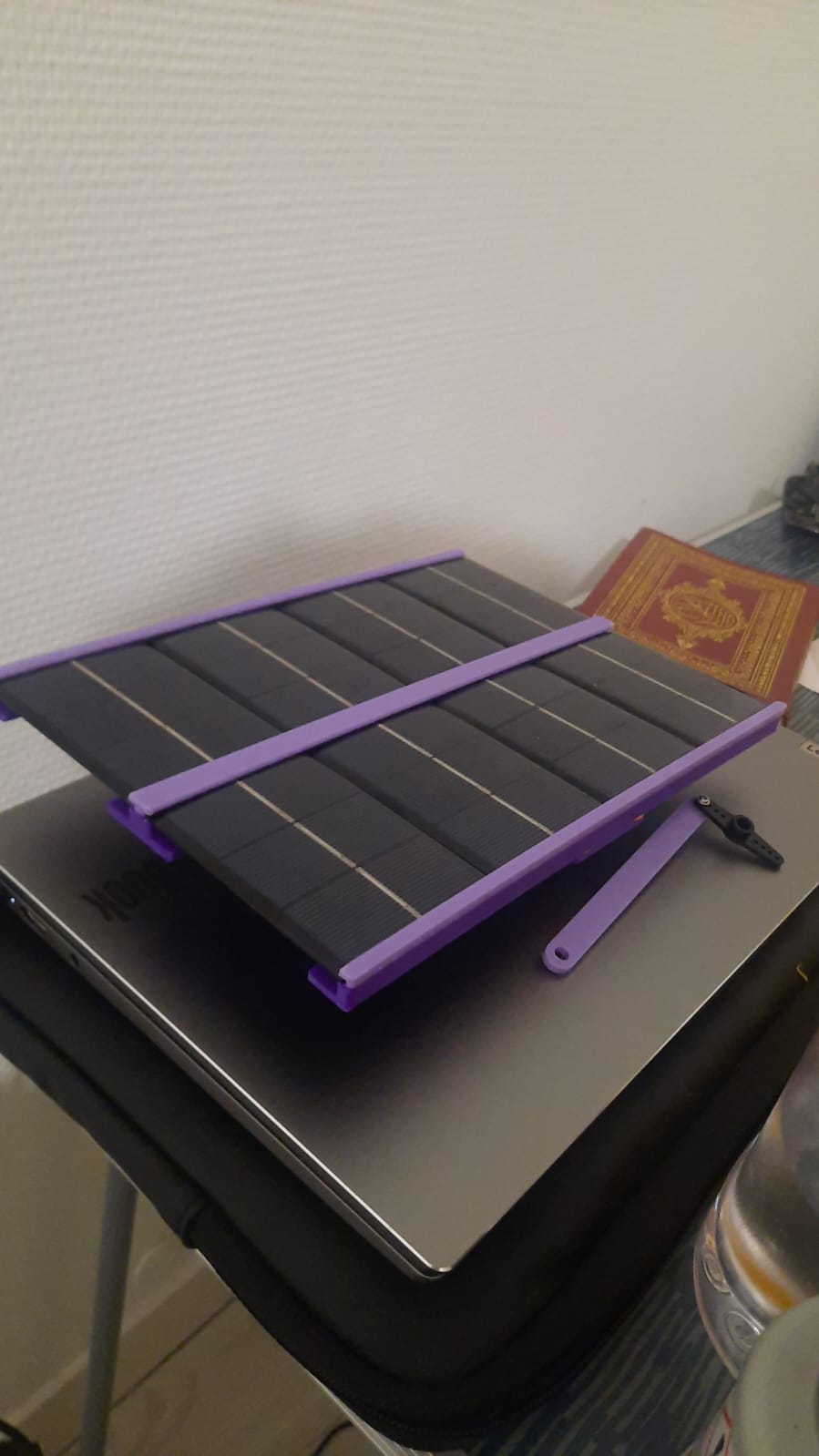
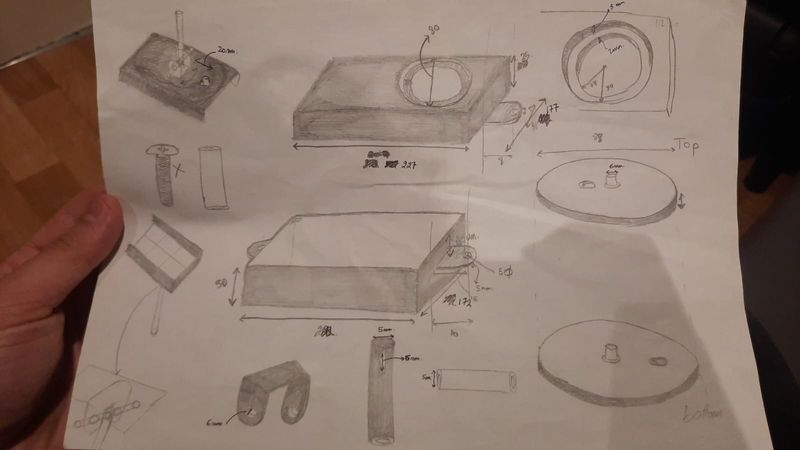
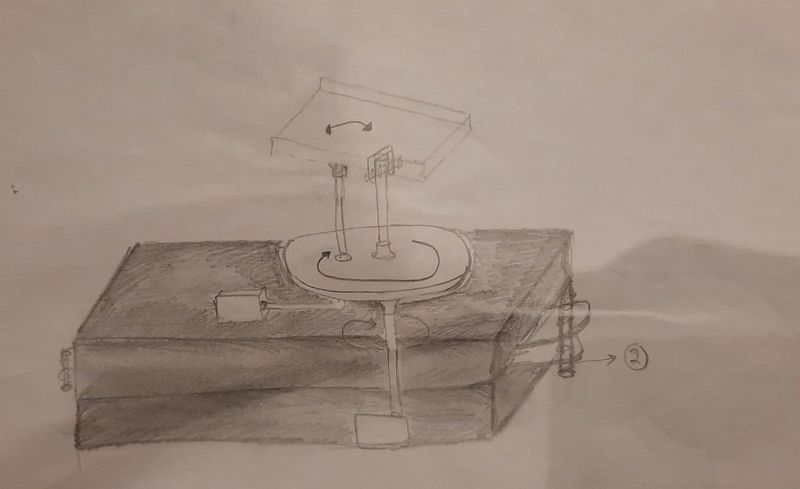
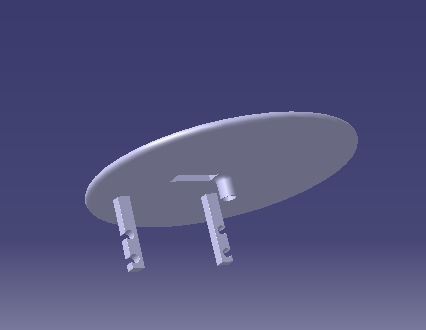
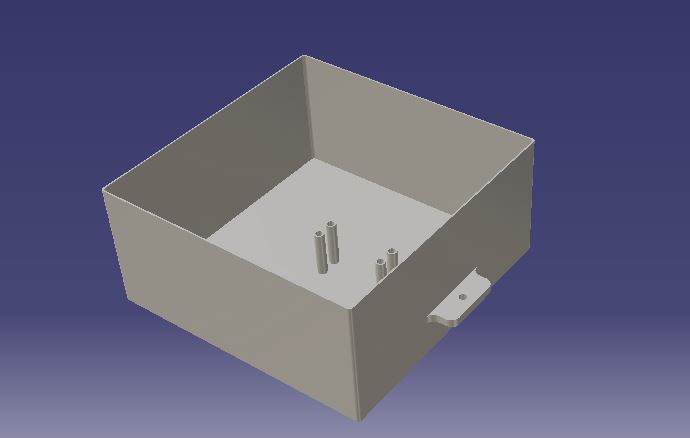
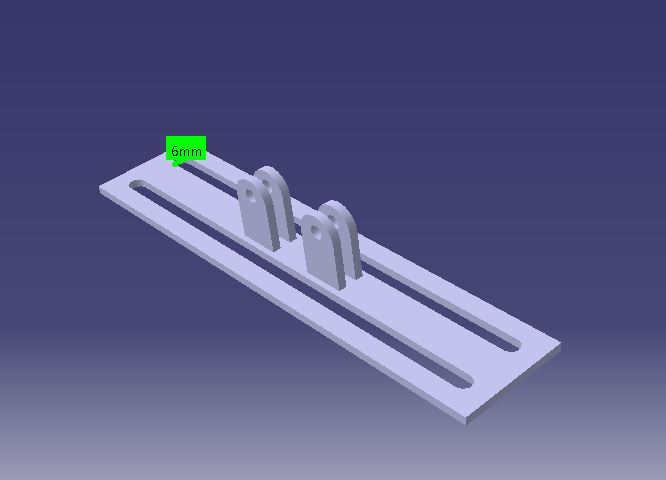
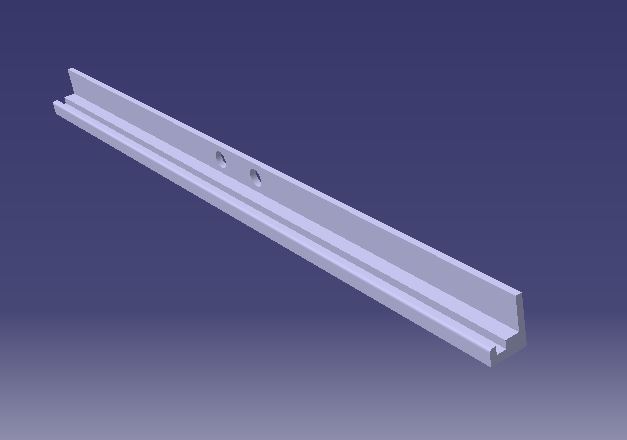
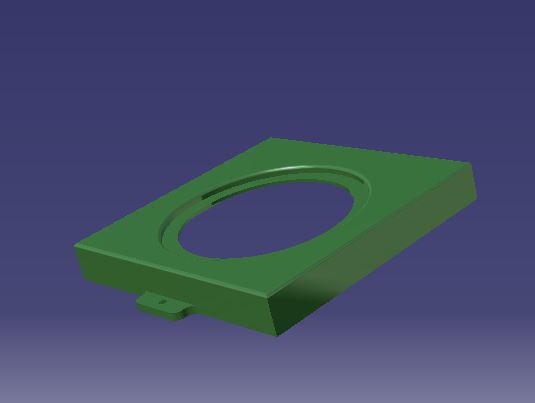
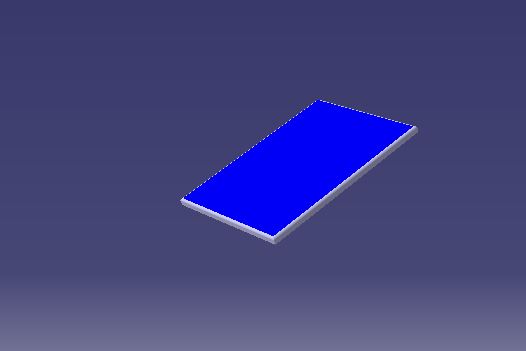
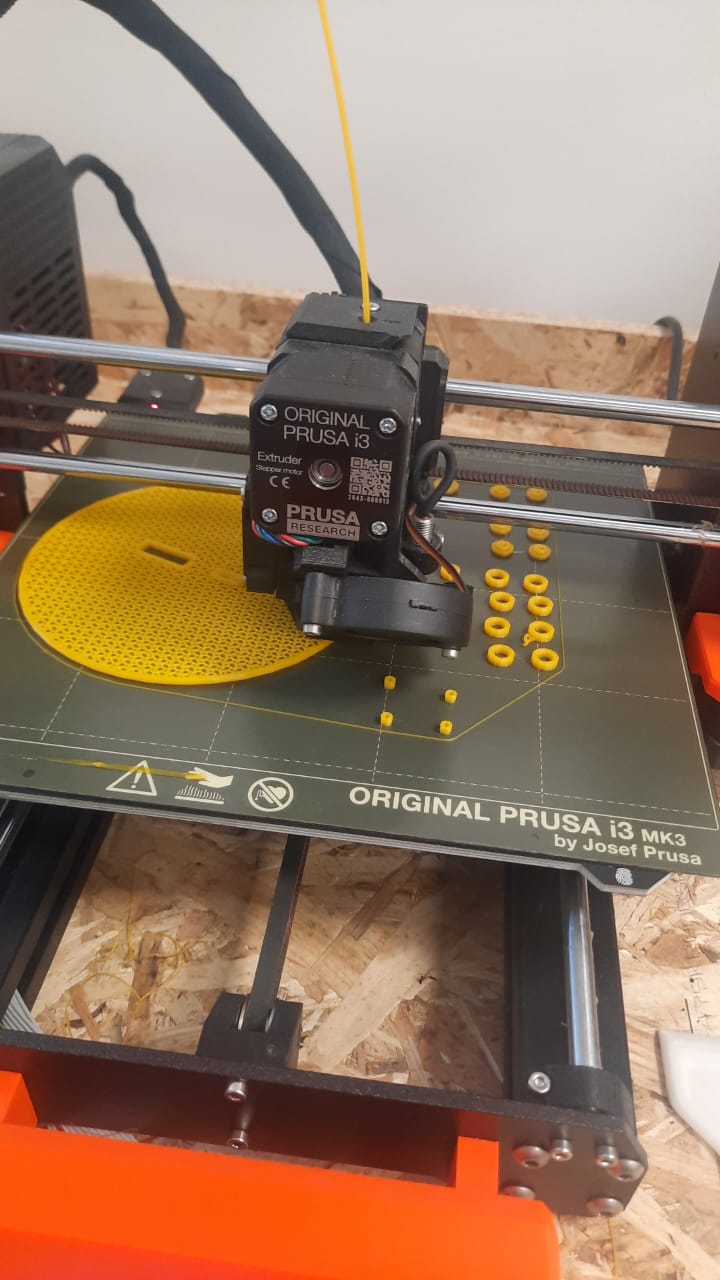
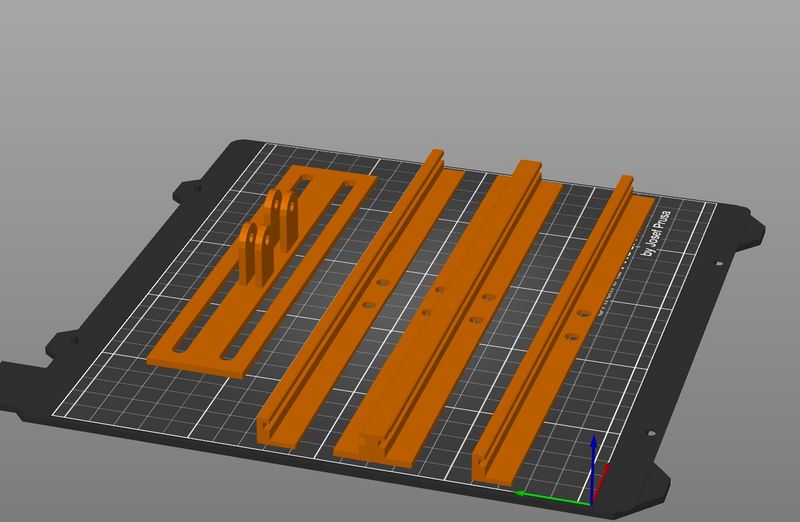
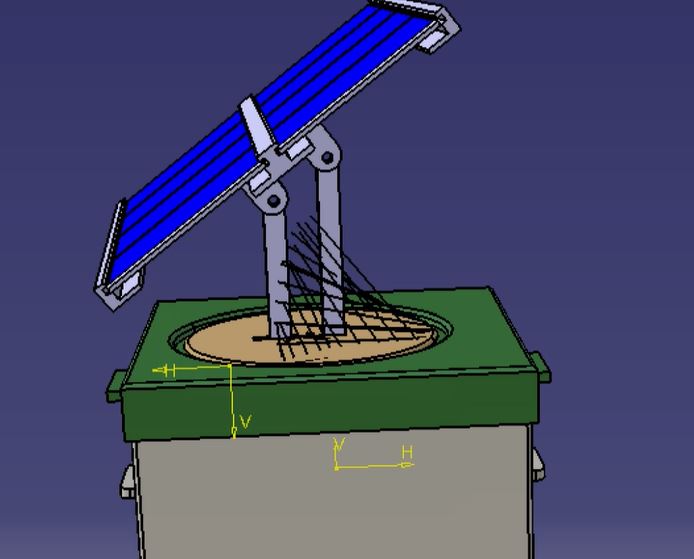
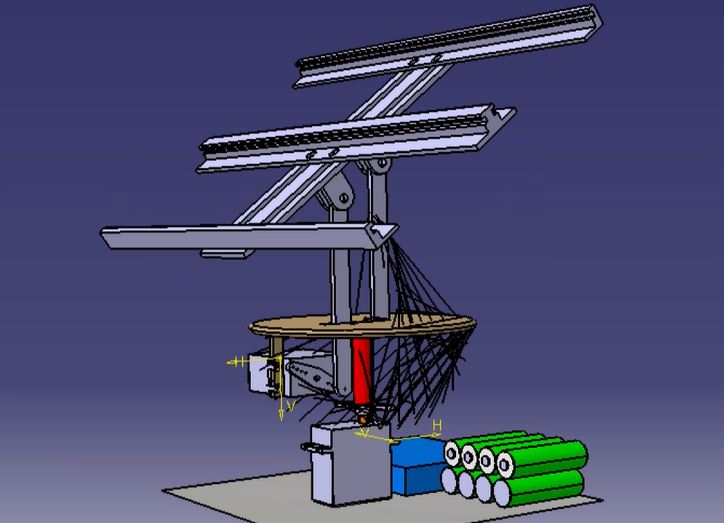
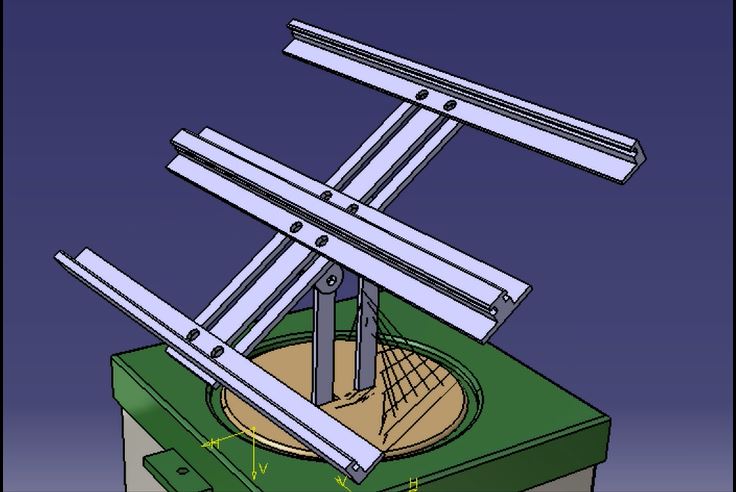
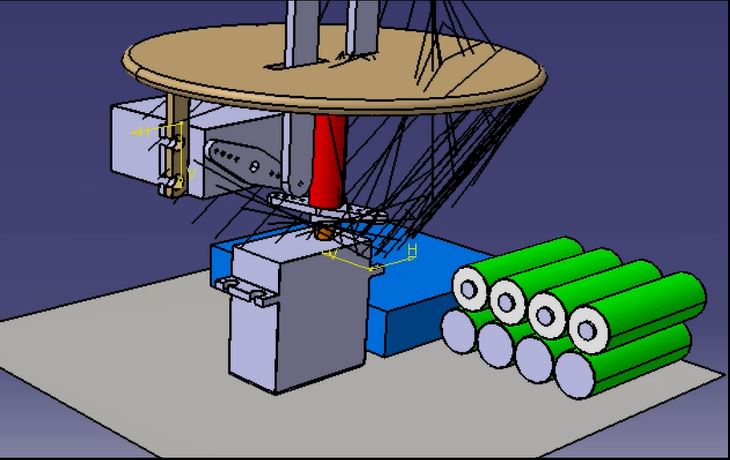
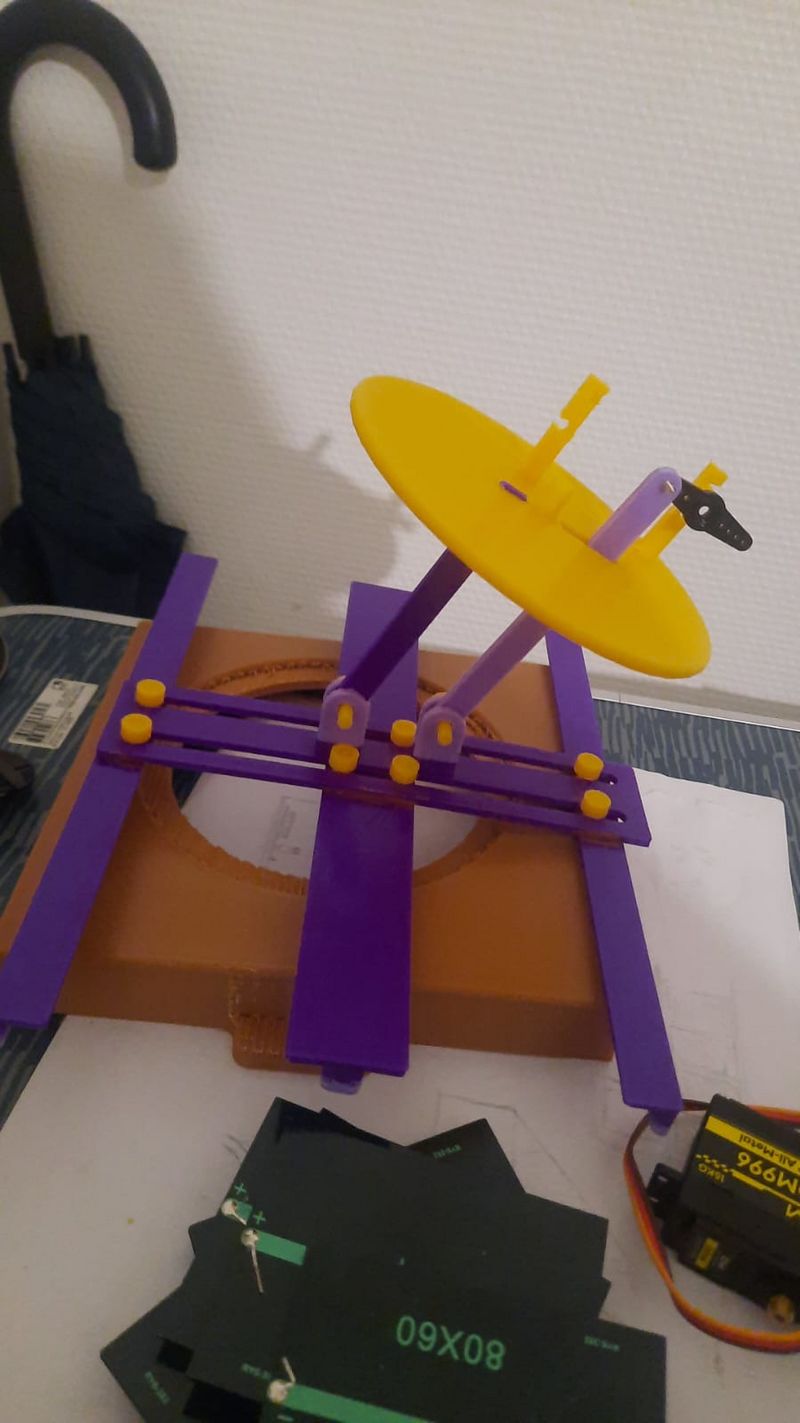
 Français
Français English
English Deutsch
Deutsch Español
Español Italiano
Italiano Português
Português